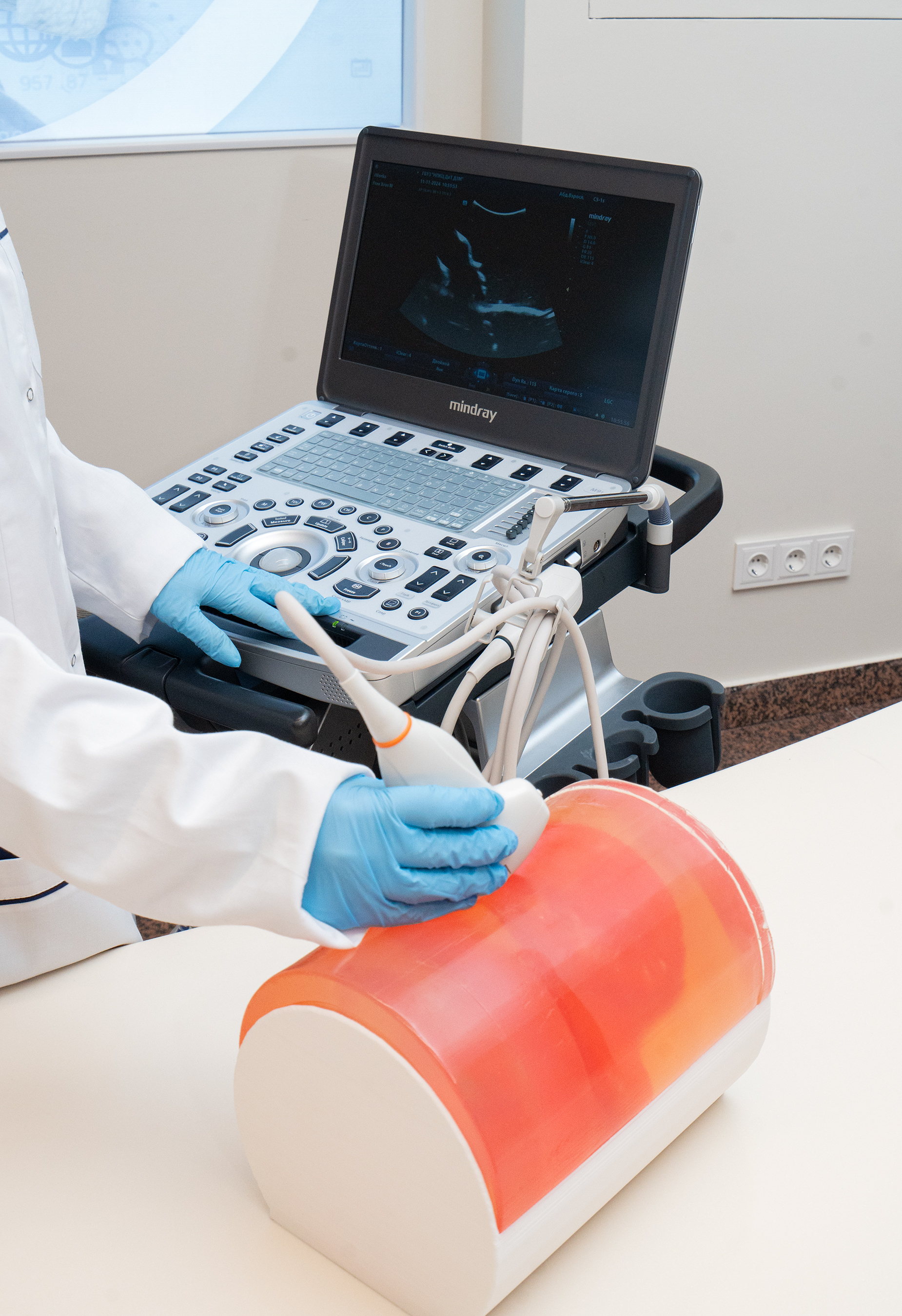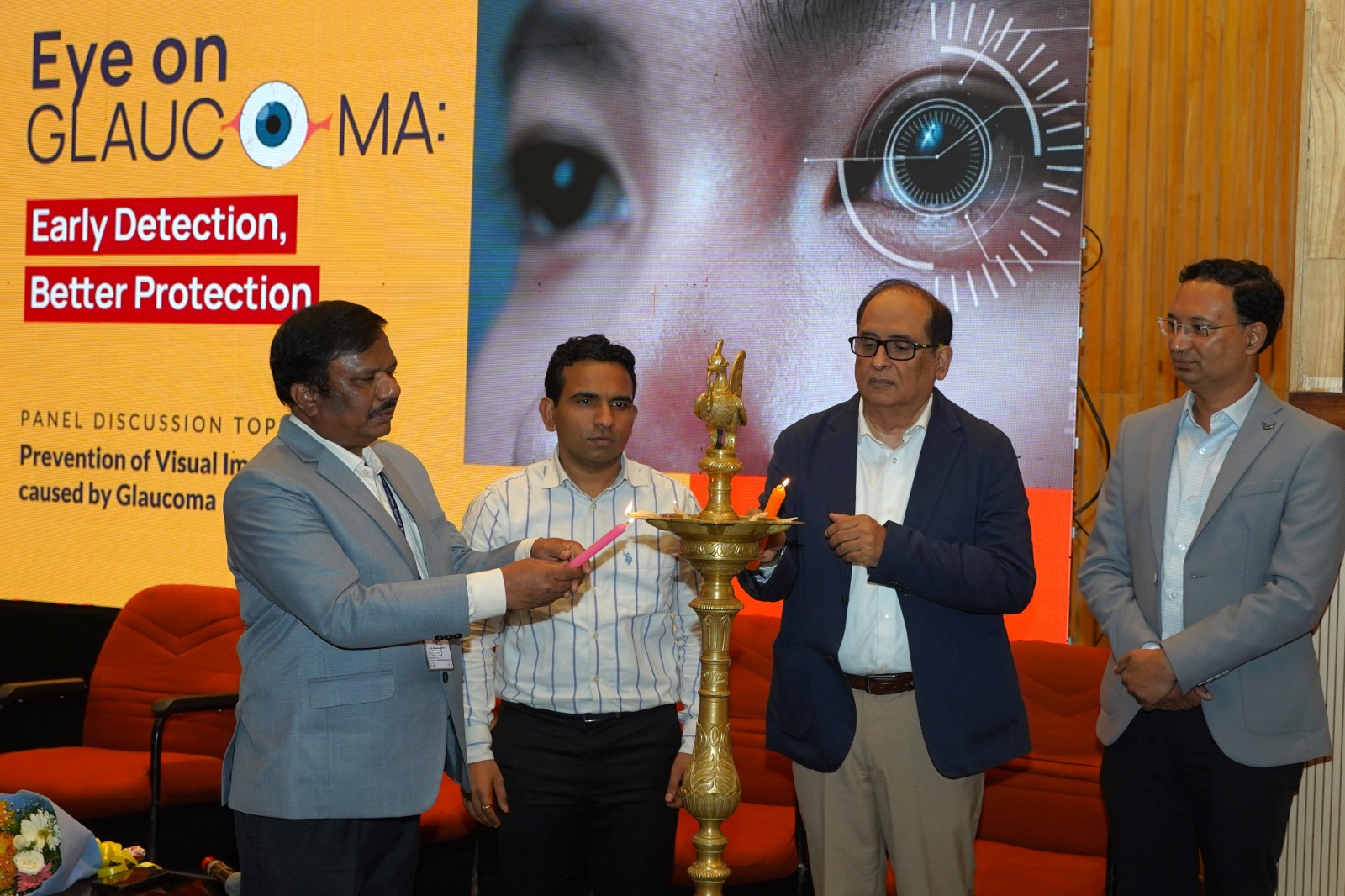The U.S. Food and Drug Administration recently authorized marketing of the first test to detect a genetic condition known as Fragile X Syndrome (FXS), the most common known cause of inherited developmental delay and intellectual disability. The test is intended as an aid in diagnosing FXS and is to be used along with the evaluation of a patient's family history and clinical signs and symptoms of FXS. Additionally, this test is intended for use in adults who may be carriers of genetic alterations in the gene associated with FXS, called the FMR1 gene.
"This novel diagnostic provides doctors and their patients the first FDA authorized genetic test to aid in diagnosing Fragile X Syndrome, as well as helping parents know their risk of having a child with Fragile X Syndrome," said Wendy Rubinstein, M.D., Ph.D., director of personalized medicine in the Office of In Vitro Diagnostics and Radiological Health at the FDA's Center for Devices and Radiological Health. "Early diagnosis is key to helping children affected with Fragile X Syndrome through early intervention."
According to the Centers for Disease Control and Prevention, approximately 1 in 4,000 males and 1 in 8,000 females in the U.S. have FXS, which is a genetic disorder caused by changes in the FMR1 gene located on the X chromosome. A segment of the DNA in the gene, known as a CGG trinucleotide repeat, is repeated in excess on the X chromosome in individuals with this disorder. While some repetition of the CGG repeat is normal, a high number of repeats may indicate potential health risks. The AmplideX Fragile X Dx and Carrier Screen Kit uses blood specimens from patients to measure the number of repeats of the CGG segment in the FMR1 gene. The test can determine whether a patient has a number of CGG repeats that is considered either normal, intermediate, premutation or full mutation.
Individuals with a full mutation typically have FXS, which is associated with developmental delays, learning disabilities, social and behavioral issues, intellectual disabilities and autism spectrum disorder. Women with a premutation have an increased risk of having a child with FXS as compared to women without a premutation. The number of women who have the Fragile X premutation is believed to be approximately 1 in 150 women. Men with a premutation will pass the premutation to their daughters only. Individuals with normal or intermediate levels of repeated CGG segments are currently thought to be asymptomatic for FXS or other fragile X-associated disorders.
In addition to aiding in the diagnosis of FXS and for carrier testing, this test can be used as an aid in the diagnosis of fragile X-associated disorders, including fragile X-associated tremor/ataxia syndrome, which is a movement and cognitive disorder that typically occurs in adults over age 50, and fragile X-associated primary ovarian insufficiency, a condition that is characterized by reduced function of the ovaries. The AmplideX Fragile X Dx and Carrier Screen Kit is not intended for use in fetal diagnostic testing, the screening of eggs obtained for in-vitro fertilization prior to implantation, or standâ€alone diagnoses of FXS.
The FDA reviewed data for this test through the de novo classification process, a regulatory pathway for low- to moderate-risk devices of a new type. During this process, the FDA evaluated data from specimens collected at three clinical sites to assess the accuracy of the test. The data demonstrated that the diagnostic accuracy of the test is greater than 95%.
Along with this authorization, the FDA is establishing criteria, called special controls, that test developers must meet for tests of this type, including requirements relating to labeling and performance testing. These special controls, when met along with general controls, provide a reasonable assurance of safety and effectiveness for tests of this type. This action also creates a new regulatory classification, which means that subsequent devices of the same type with the same intended use may go through the FDA's 510(k) pathway, whereby devices can obtain clearance by demonstrating substantial equivalence to a predicate device.

 FDA Authorizes Marketing of the First Genetic Test to Aid in the Diagnosis of Fragile X Syndrome
FDA Authorizes Marketing of the First Genetic Test to Aid in the Diagnosis of Fragile X Syndrome











.jpeg)








.png)
.png)

.png)
.png)
.png)

.png)
.png)
.png)

.png)
.png)